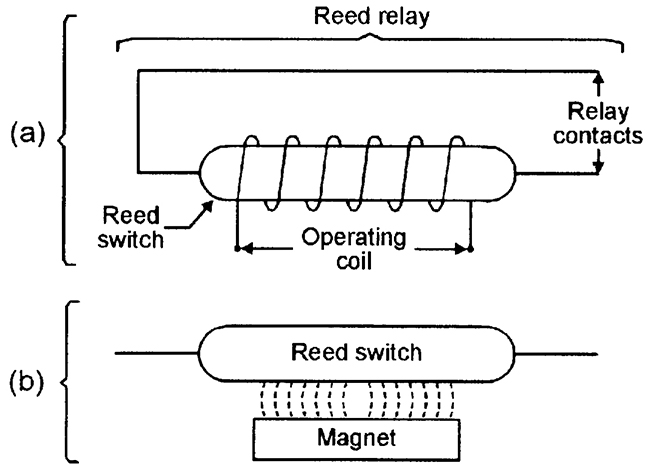Download Adams Pulsd Electric Motor Generator Manual

The Adams Motor - Tim Harwood's Guide from The Encyclopedia of free energy,energy21.org,energy 21 org Geoff Egel The Adams Active Thermo Electric High Voltage Pulsed DC Permanent Magnet Switched Reluctance Electric Motor (c) 2002 Tim Harwood & John Jankowski Introduction: The most obvious question people ask is why no-one invented the Adams motor before 1969, and the answer is fairly simple - the materials needed to build it were not widely available. It is a great pity that ideas about what electric motors are capable of doing were fairly firmly fixed, long before the materials required to properly experimentally explore electric motor design were developed. 'While most small DC motors are now produced with permanent magnets, this has not always been the case. It has been only relatively recently that permanent magnet materials have been developed sufficiently to make them useful in practical machines.
Dec 12, 2010 - The Robert Adams Pulse Motor Design Review. I still strongly believed a self-powered motor generator was possible. From these electrical characteristics would render over unity impossible. All parts that are not specified as not requiring magnetic properties should all be non- magnetic materials.

From the late 19th century until the early 1940’s, steel permanent magnets were used in applications where permanent magnets were necessary for the device to function (compasses, etc.) Only in the late 1940’s did Alnico and Ferrite permanent magnets finally improve sufficiently to be practical in applications previously reserved for electromagnets.' Switched Reluctance Motor Systems Poised for Rapid Growth Amory B. Lovins, Bill Howe The emergence of a rugged, versatile, and highly efficient alternative to conventional electric motors promises to have a major impact on drivepower markets over the next decade. Although switched reluctance drives are not yet available 'off the shelf' from major motor manufacturers, they are likely to compete favorably across a broad range of applications, due to their superior performance characteristics.
Volvo trucks premium tech tool. Switched reluctance drives maintain higher torque and efficiency over broader speed ranges than can be achieved with other advanced variable-speed systems, can be programmed to precisely match the loads they serve and, in high-volume production, are likely to be less expensive than competing systems. The principal obstacle to rapid commercialization of switched reluctance motors is the fact that few engineers are trained to perform the exacting and specialized design that this technology requires. This hurdle is gradually being overcome as over two dozen firms now design or manufacture switched reluctance drives, and several are moving into mass production applications. As these and other firms gain experience with the technology, new opportunities will arise for utilities, energy users, and original equipment manufacturers to capture the benefits of switched reluctance motor systems (1992). Brief History Invented in the period 1967-1969 by Mr Robert Adams of New Zealand, for a variety of reasons the technology did not win immediate acceptance, not least of which was that the New Zealand government and the Lucas corporation, for various reasons, allegedly directly suppressed it, followed by a typically botched and incompetent CIA assassination attempt.
That this direct suppression could happen during a period of global economic crisis triggered by the 1970s oil shock, is simply astonishing, and with hindsight, outright scandalous. As for the academics, they ignored it, and simply told Mr Adams free energy was impossible and 'against all the laws of physics'. Academics like to put theory before experiment - it is their way. Frustrated in 1992 Mr Adams published his technology in Nexus Magazine, putting for the very first time, a working free energy device into the public domain.